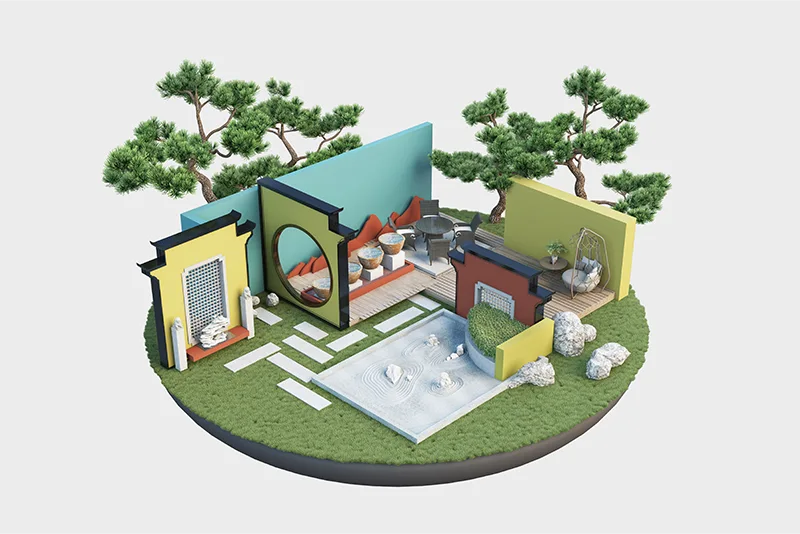Real-world assets (RWAS) are physical or tangible items with intrinsic value that are typically owned, traded, or invested in by individuals, corporations, or governments. Unlike digital or financial assets, which derive value largely from market speculation or financial instruments, RWAS represent actual, physical items that provide inherent utility or worth. Examples of RWAS include real estate, commodities, infrastructure, equipment, and inventory. As blockchain technology and decentralized finance (DeFi) grow, RWAS are becoming more relevant because they allow traditional physical assets to be tokenized, or digitally represented, enabling more accessible and transparent transactions in the digital world.
Characteristics and Types of RWAs
RWAS are tangible, identifiable assets with characteristics that make them valuable in a physical sense. For instance, real estate offers land or property, commodities like oil and gold hold industrial and economic value, and physical infrastructure represents long-term investment value. The physical presence and utility provided by these assets differentiate them from intangible assets like intellectual property, patents, or digital tokens, which lack a physical form but have recognized value. RWAs generally appreciate in value over time, though this appreciation can be subject to market fluctuations and conditions. Broadly, RWAs can be categorized into several key groups:
1. Real Estate – Properties, land, and commercial buildings fall into this category. Real estate holds intrinsic value due to its utility, scarcity, and ability to generate income through rent or leasing.
2. Commodities – Assets like gold, oil, silver, and agricultural products are considered commodities. These assets serve as a store of value and are crucial for various industrial applications.
3. Infrastructure – This includes essential assets like roads, bridges, power plants, and public utilities. Infrastructure assets tend to be long-term investments and provide societal value and stable returns.
4. Physical Equipment and Inventory – Manufacturing equipment, vehicles, and inventory that businesses use directly contribute to production capabilities and business operations.
The Role of RWAS in the Economy
RWAS are often considered safer investments because they represent physical goods that generally have a consistent value, regardless of market fluctuations in digital assets. For instance, during economic downturns or inflationary periods, investors might turn to RWAS, like
real estate or commodities, as stores of value. This shift can mitigate risks and balance investment portfolios.
RWAS also play a role in providing collateral for loans and other financial services. Banks, for instance, use RWAS as tangible collateral for loans. For example, mortgages are secured by real estate, which means that in the event of default, the bank can seize the asset to recover the loan value. This model provides security to lenders and encourages credit flow within the economy.
The Digital Transformation of RWAS: Tokenization
Tokenization of RWAs is revolutionizing how we interact with physical assets, making them more accessible in the digital economy. Through blockchain technology, assets like real estate or commodities can be represented by digital tokens, which are unique, verifiable, and transferable on a blockchain. Tokenization allows fractional ownership, meaning that individuals can invest in a portion of a high-value asset, such as a luxury property or a large infrastructure project, without having to purchase the entire asset.
This shift has several significant advantages:
Enhanced Liquidity: Tokenization allows assets traditionally difficult to sell quickly, like real estate, to become more liquid. Investors can buy, sell, or trade these tokens on digital marketplaces, making it easier to exit investments.
Increased Access: Tokenization democratizes investment by allowing individuals with limited capital to participate in markets once accessible only to wealthy individuals or
institutions.
Transparency and Security: Blockchain’s inherent transparency and security features improve tracking and verifying asset ownership, making transactions more secure and transparent.
Global Reach: Digital tokens can be traded globally, offering greater reach and potentially higher value for assets that might be restricted by local markets.
Importance of RWAS in Investment Portfolios
For individual and institutional investors, RWAs provide diversification, reducing reliance on traditional stocks, bonds, or digital assets. Since RWAS tend to have lower volatility and are less influenced by market speculation, they provide stability within a portfolio. Commodities like gold often perform well during market downturns, for instance, while real estate can appreciate over time and offer rental income.
Furthermore, RWAs are generally linked to essential services and industries, meaning their demand remains relatively stable. Infrastructure assets like power plants or public transport systems, for example, continue to generate income, which provides reliable returns. As such,
RWAS can hedge against inflation and economic instability, making them attractive long-term investments.
The Future of RWAS in a Digital Economy
As blockchain and DeFi ecosystems grow, RWAs will likely continue to be a focus of innovation. The convergence of physical assets and blockchain technology can open up new investment opportunities, reduce transaction costs, and improve market efficiency. However, this transformation will also face regulatory challenges, as governments and institutions work to establish guidelines to ensure asset security, legal compliance, and investor protection.
RWAS provide real, physical value and stability that other asset classes may lack, especially in times of economic uncertainty. Through the tokenization of these assets, new possibilities are emerging that could redefine the nature of ownership and investment, making RWAS both a cornerstone of traditional finance and a critical bridge to the digital future.



